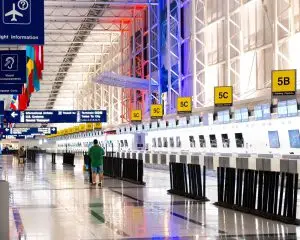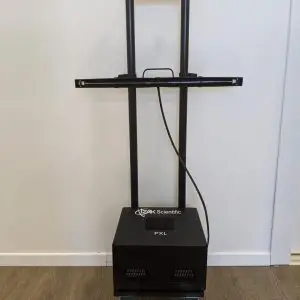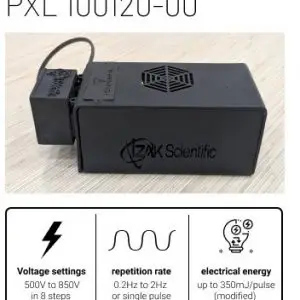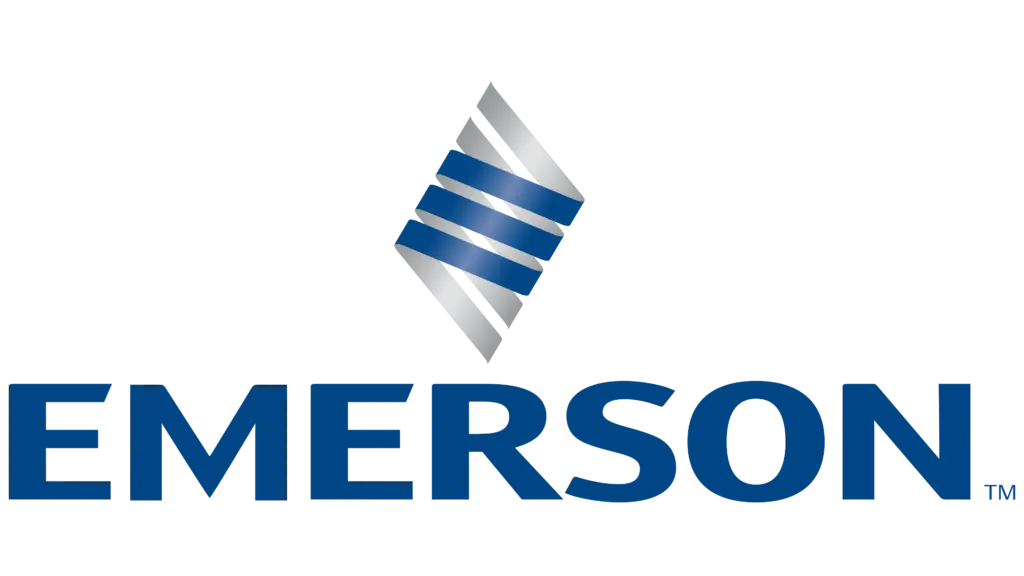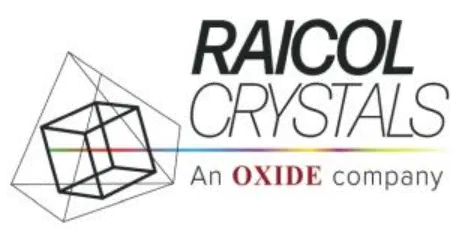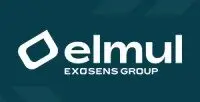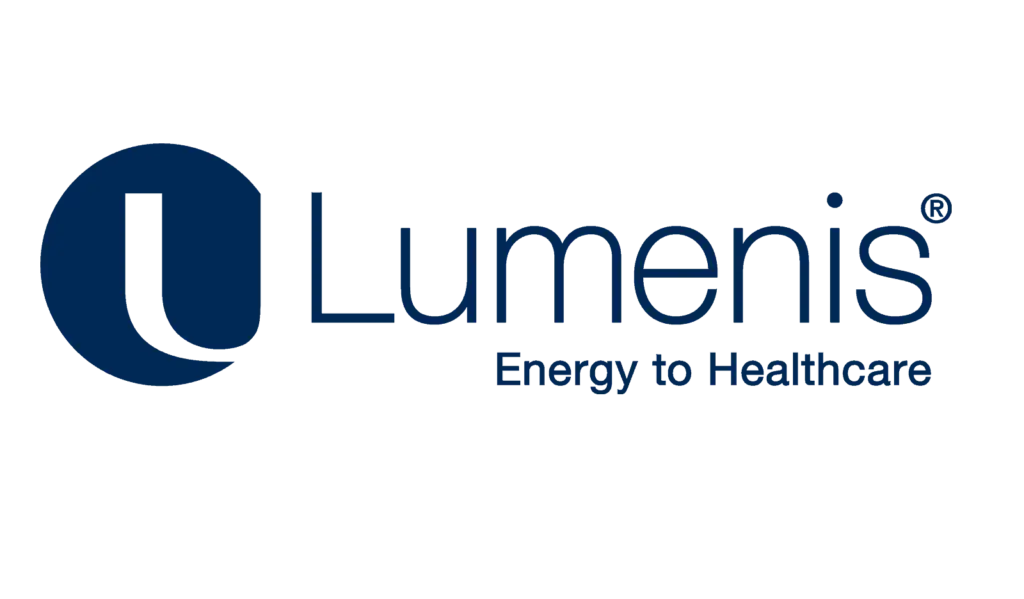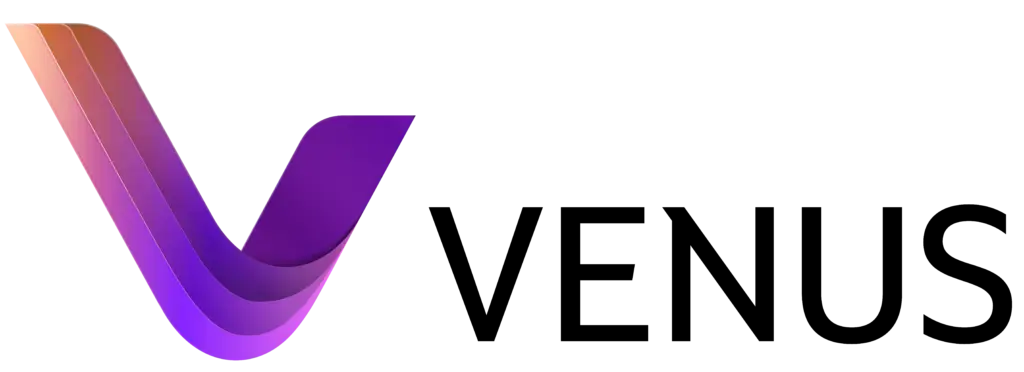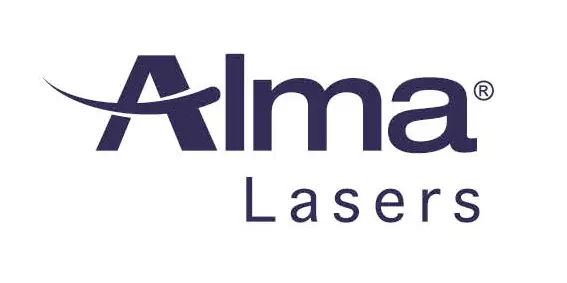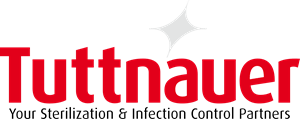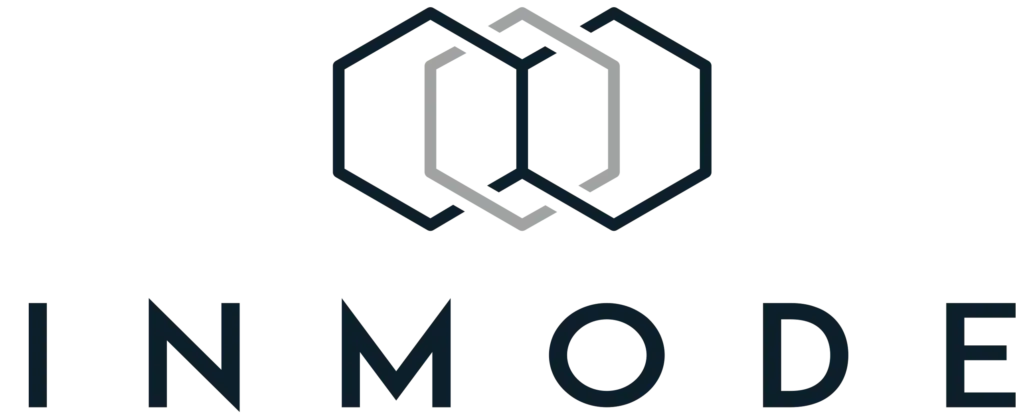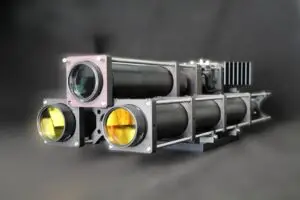UVC light with a wavelength between 200nm to 280nm has a wide range of infection control and prevention applications. However, the applications of UV light disinfection devices is not limited to the healthcare sector.
Here are some other cases where UV sanitizers can prove useful:
High-Touch Gadgets and Computer Equipment
A study conducted in Houston, Texas, in 2019 found that automated UVC light was able to reduce the spread of Hospital Acquired Infections (HAIs) through high-touch surfaces of computer workstations.
The study investigated the cleanliness process of computer equipment at the stations and mobile carts of nurses and patients’ rooms. It found that the workstations are rarely cleaned or disinfected. Moreover, there is no documented procedure or training regarding the cleaning of computer workstations.
Often, IT, nursing, and housekeeping dispute over the responsibility of cleaning the computer workstations, making the workstations dirtiest places in healthcare. Consequently, it turns out to be the major reason for the spread of HAIs. Installing no-touch UVC disinfection technology on such surfaces can eliminate the risk of bacterial and virus spread, including COVID-19.
Food Safety
UV radiation has been in use for decades to eliminate harmful microorganisms from water, fruits, and vegetables. In 1908, UV treatment was deployed for disinfecting water supplies in Marseille, France. In 1928, ultraviolet-irradiated milk was introduced. Further, the radiation was used widely to eliminate several types of surface pathogens on vegetables and fruits.
Earlier this year, Cornell AgriTech researchers in New York, along with SAGA Robotics, developed an autonomous robot to apply UV treatment to wine grapes. The effort was aimed to eliminate the harmful downy and powdery mildew fungi from the fruits.
International Airports
Recently, at Pittsburg international Airport, floor scrubbing robots were equipped with UVC radiation to eliminate harmful coronavirus from the floor surface. After the positive results of UV disinfection, researchers are planning to roll out the process across the 149 international airports in the United States. The UVC radiation can kill the COVID-19 virus and prove to be effective in surfaces that are in high contact, especially during these critical times of pandemic outspread.
PPE Disinfection
During the early stages of the pandemic outspread, the availability of Personal Protective Equipment was a pressing issue for healthcare workers. The need of the hour demanded the reuse of PPE without compromising workers’ safety.
A team of engineers from Rensselaer Polytechnic Institute accelerated the production and development of a sanitizing system that uses UVC radiation to disinfect facemasks in bulk. This clearly shows that UVC can effectively disinfect protecting equipment like gloves, masks, and protective kits.
In Space Applications
With space missions becoming a closer possibility, researchers are focusing on developing systems that enable the space travelers to drink and eat clean and safe while in space for a long time. A project named BIOWYSE, supported by the Horizon 2020 program, aims to address the problem of clean drinking water in space.
BIOWYSE is working on developing ways to store and monitor the water for contamination. The project developed a fully automated water dispenser that monitors the quality of water in real-time. The system will use UV radiation to decontaminate the water automatically.
With an array of applications of UV disinfection lamps, these sanitizing devices market is set to boom. Automated ultraviolet sanitizer devices like PXL sanitizers are easy to operate, as these devices trigger only when the person leaves the area. This helps avoid human exposure. Read more about the PXL sanitizers here.
Tzachi Sabati
CEO, IZAK Scientific
Physicist specializing in photonics and quantum technologies, with deep expertise in quantum sensors and advanced optical systems. Leads the Advanced Quantum Lab course at the Technion, bridging academic excellence with industry innovation. At IZAK Scientific, provides cutting-edge photonics-based solutions, developing customized inspection and sensing systems for R&D and production. Passionate about advancing quantum sensing applications and integrating novel technologies to meet industry needs.

